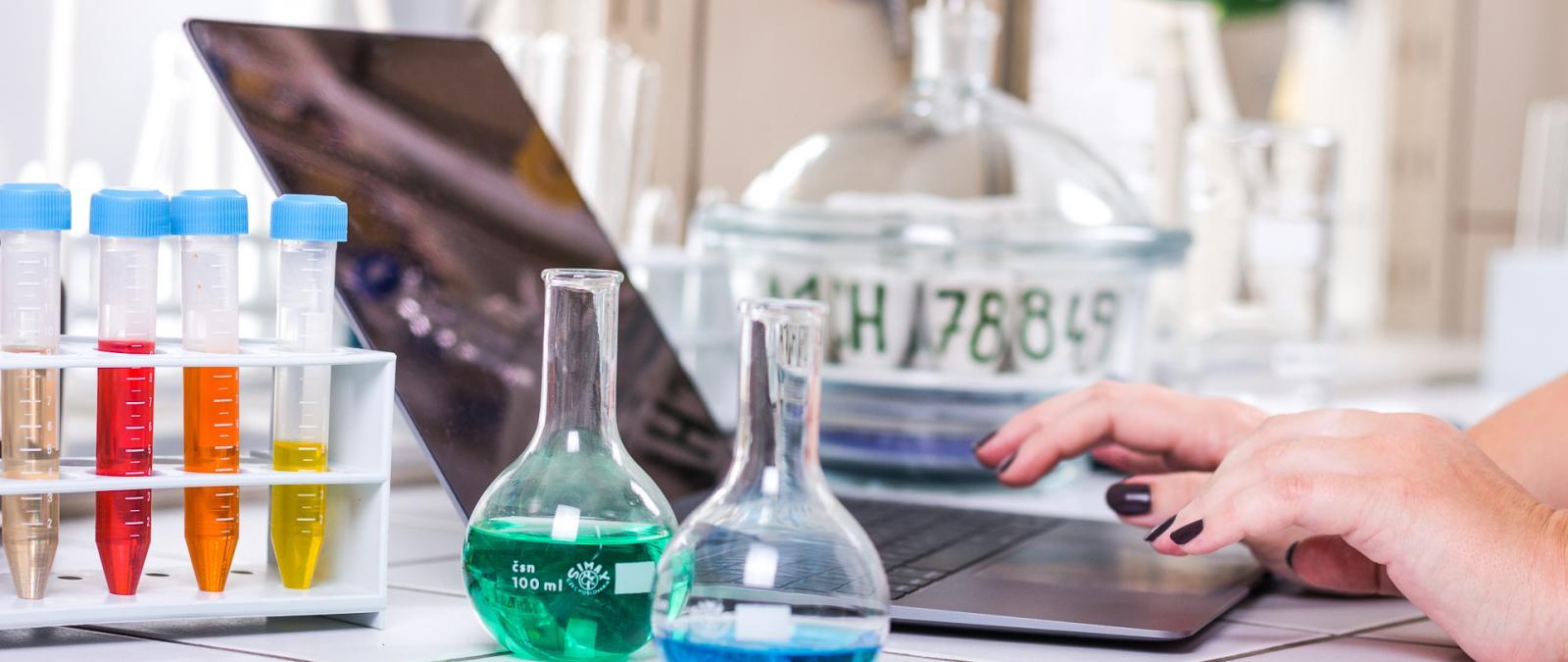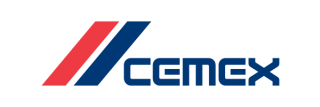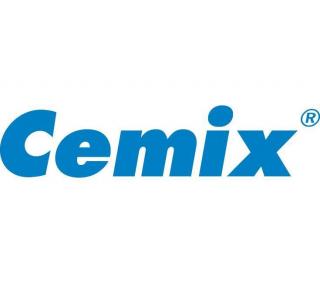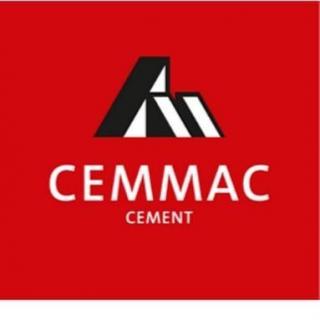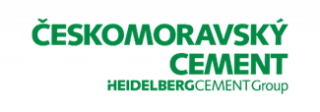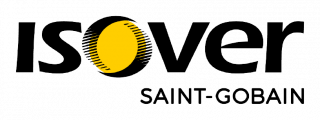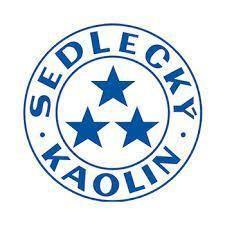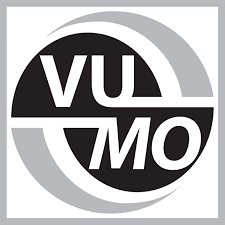Laboratoryofinorganicmaterials
Inorganic non-metallic materials represent the largest volume of man-made materials; a typical example is e.g. the Portland cement with world-wide annual production of over 4 billion (milliard) tons. They include mainly building materials such as concrete, binders, ceramics, glass, refractory materials for industrial high-temperature units, functional ceramic materials for electrotechnics (from insulating to superconductive, magnetic etc.).
In the Laboratory of Inorganic Materials we focus on research and development of selected inorganic materials and cooperate with more than 100 companies in the given field.
The scientific research activities of the Laboratory of Inorganic Materials can be divided into two specialist fields – inorganic adhesives and ceramic materials. When working on research projects, we also involve students – usually in the form of bachelor's, diploma and dissertation theses.
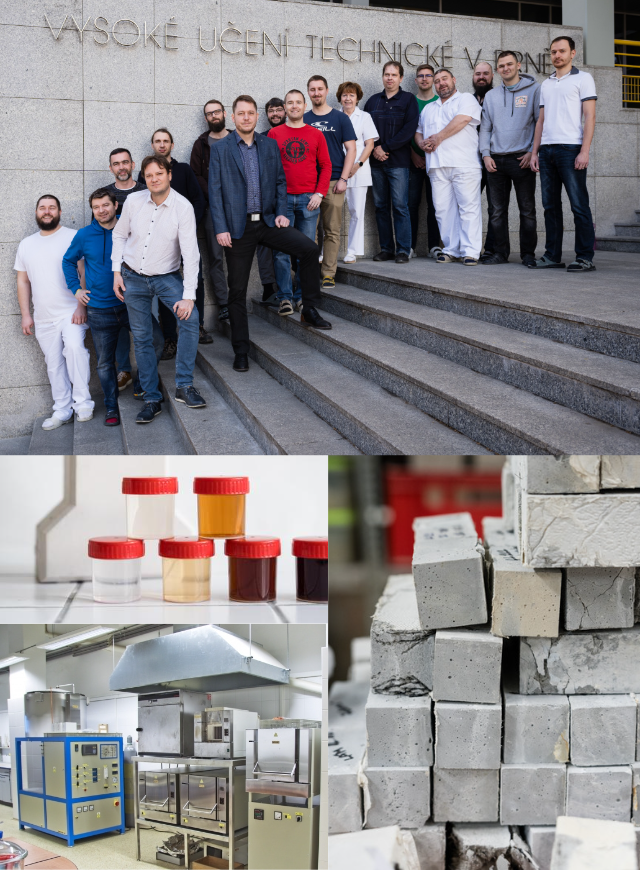
doc. Ing.
LukášKalina
Ph.D.
Head of Laboratory
Specialization: X-ray photoelectron spectroscopy (XPS); Area of interest: alkali-activated materials and geopolymers, silicate systems
Ing.
EvaBartoníčková
Ph.D.
Contact person
Specialization: Raman and FTIR spectroscopy; Area of interest: advanced functional ceramics, refractories
-
Research group
Ing.
VlastimilBílek
Ph.D.
Specialization: rheology
Field of interest: alkali-activated materials and geopolymers, carbonation processesIng.
JanKoplík
Ph.D.
Specialization: scanning electron microscopy (SEM/EDS)
Field of interest: alkali-activated materials and geopolymers, calcium aluminate phasesIng.
JiříMásilko
Ph.D.
Specialization: x-ray diffraction analysis (XRD)
Field of interest: high strength composites, carbonation processesIng.
RadoslavNovotný
Ph.D.
Specialization: calorimetry
Field of interest: high-value concretes, calcined claysdoc. Ing.
TomášOpravil
Ph.D.
Specialization: laboratory analysis of silicates
Field of interest: historical binders, secondary raw materialsprof. Ing.
PetrPtáček
Ph.D.
Specialization: thermal analysis
Field of interest: ceramic materials with functional propertiesIng.
PavelŠiler
Ph.D.
Specialization: x-ray fluorescence (XRF), calorimetry
Field of interest: cement binders, secondary raw materialsdoc. Ing.
FrantišekŠoukal
Ph.D.
Specialization: electron microscopy (SEM/EDS/WDS/EBSD), thermal analysis
Field of interest: portland cement, traditional and specialty binders, polymer cement compositesIng.
JiříŠvec
Ph.D.
Specialization: thermal analysis (TG-DTA/DSC, thermodilatometry), FTIR spectrometry
Field of interest: technical ceramics, refractories -
Research scope
The scientific research activities of the Laboratory of Inorganic Materials can be divided into two specialist fields – inorganic adhesives and ceramic materials. When working on research projects, we also involve students – usually in the form of bachelor's, diploma and dissertation theses.
The research activities concerning inorganic adhesives centre on the following issues:
- Sustainability and circular economy in building materials - technological development, increasing energy efficiency and reducing the ecological burden of binder production technologies (Portland cements, low-energy and special cements based on belite or sulfoaluminates, air and hydraulic lime and sulphate binders).
- Development of pure cement-free binders (alkali-activated materials, geopolymers, SCM materials, CarbiCrete, etc.).
- Increasing the performance parameters of materials based on inorganic binders - concretes (self-compacting, high-value, prestressed, lightweight, etc.), aerated concrete, plastering materials, special mortars (floor screeds, adhesives, etc.).
- Development of a new generation of inorganic binders with plastic properties - MDF composites.
- Use of secondary products from chemical, metallurgical and energy industries in the preparation of inorganic binders and materials with reduced carbon footprint.
The research activities in the field of ceramic materials centre on the following issues and systems:
- Advanced functional ceramics - electroceramics (optimization of composition and heat treatment to achieve desired electromagnetic properties), photoceramic composite materials (synthesis, forming and heat treatment), additive processing technologies (3D printing by SLA and DLP), bioceramic materials for medical applications (materials for tooth and bone restorations).
- Technical and structural ceramics - intensification of production processes, modification of firing curves to achieve desired properties, processes occurring during the expulsion of forming additives, phase and structural changes during heat treatment.
- Refractories - optimization of the preparation of metallurgical, insulating and monolithic types, development of low and cementless binders, property and durability testing, consultation on refractory material selection, assessment of lining corrosion and analysis of causes of material failure.
- Ceramic raw materials - treatment, testing of properties and analysis of composition of ceramic raw materials (clays, plastic soils, fillers, fluxes, etc.).
- General use of circular economy and sustainable access to raw materials and production technologies.
-
Selected projects
-
A new direction towards sustainable building materials through advanced lithium silicate-based surface treatments
GA22-04828S
The possibility of using surface treatments on concrete has been extensively studied over the last decades. In this respect, treatment with silicate solutions is becoming increasingly popular in concrete technology, especially when it comes to preventing damage to concrete due to its exposure to extremely aggressive environments. At the same time, nowadays, the proportion of lithium silicates produced for concrete surface treatments is increasing significantly at the expense of sodium or potassium silicates, and therefore the aim of this project is to develop a new generation of lithium silicate-based surface treatments, which will be enhanced by the addition of organic additives. A deeper understanding of the mechanisms of interaction between silicate solutions and the cementitious substrate, as well as the subsequent direct impact on the durability of the treated concretes, is also an important objective of the proposed project. The knowledge gained will help predict the viability of surface treated concretes and open the opportunity to produce more sustainable building materials. -
Investigation of the combined effect of sulphur, copper and lithium oxides on the formation and properties of Portland cement clinker
GA23-05082S
The aim of the project is to elucidate the mechanisms of the combined action of SO3, CuO and Li2O on the formation of Portland clinker and to deepen the knowledge in the field of mineralised low-energy cements. It is expected to gain new, previously unpublished knowledge on the effect of different combinations of Li2O, CuO and SO3 on the phase composition, structure and properties of clinker. It is known that Li2O and CuO have a positive effect on the flammability of clinker by dramatically lowering the melt formation temperature, but a negative effect on the formation of the main clinker phase, allite. Sulfur also promotes belite formation at the expense of allite, but also stabilizes the more hydraulically active M1 modification of allite. It is expected that a suitable combination of these elements will produce clinkers with high allite content at firing temperatures up to 150°C lower than for conventional clinker production, with high quality technological parameters. The implementation of the present research project would extend the knowledge in the field of heterogeneous reactions in the formation of clinker phases. In practice, the knowledge gained could provide a new insight into the possibilities of producing economically and environmentally advantageous low-energy cements. -
Means to enhance ballistic protection of vehicles and critical infrastructure
TAČR – TREND FW01010021
The aim of the project is material research and subsequent development of means for passive ballistic protection of critical infrastructure objects and vehicles intended for the needs of state security forces such as the army or the integrated rescue system. The project will develop ballistic protection solutions using current and newly developed advanced materials such as ultra-high-value cement composites, high-strength steels and aluminium alloys, advanced oxide and non-oxide ceramics and hybrid high-strength laminates. The results of the project represent a comprehensive ballistic protection solution from both a material and structural perspective. The fulfilment of the project objectives will primarily contribute to increasing and ensuring the safety of the population. - Other projects
-
A new direction towards sustainable building materials through advanced lithium silicate-based surface treatments
-
Selected publications
- BÍLEK, V.; NOVOTNÝ R.; KOPLÍK, J.; KADLEC, M.; KALINA, L. Philosophy of rational mixture proportioning of alkali-activated materials validated by the hydration kinetics of alkali-activated slag and its microstructure. Cement and Concrete Research, 2023, roč. 168, ISSN: 0008-8846
- KALINA, L.; BÍLEK, V.; HRUBÝ, P.; ILIUSHCHENKO, V.; KALINA, M.; SMILEK, J. On the action mechanism of lignosulfonate plasticizer in alkali-activated slag-based system. Cement and Concrete Research, 2022, roč. 157, č. 0, s. 1-12. ISSN: 0008-8846.
- BOCIAN, L.; NOVOTNÝ, R.; ŠOUKAL, F.; PALOVČÍK, J.; BŘEZINA, M.; KOPLÍK, J. Influence of Anticorrosive Surface Treatment of Steel Reinforcement Fibers on the Properties of Ultra-High Performance Cement Composite. Materials, 2022, roč. 15, č. 23, s. 1-16. ISSN: 1996-1944.
- KALINA, L.; BÍLEK, V.; BARTONÍČKOVÁ, E.; KALINA, M.; HAJZLER, J.; NOVOTNÝ, R. Doubts over capillary pressure theory in context with drying and autogenous shrinkage of alkali-activated materials. Construction and building materials, 2020, roč. 248, č. 118620, s. 1-8. ISSN: 0950-0618.
- BÍLEK, V.; HRUBÝ, P.; ILIUSHCHENKO, V.; KOPLÍK, J.; KŘIKALA, J.; MARKO, M.; HAJZLER, J.; KALINA, L. Experimental Study of Slag Changes during the Very Early Stages of Its Alkaline Activation. Materials, 2021, roč. 15, č. 1, s. 1-21. ISSN: 1996-1944.
- PTÁČEK, P.; ŠOUKAL, F.; OPRAVIL, T. Thermal decomposition of ferroan dolomite: A comparative study in nitrogen, carbon dioxide, air and oxygen. SOLID STATE SCIENCES, 2021, roč. 2021, č. 122, s. 106778-106790. ISSN: 1293-2558.
International cooperation:
- KUZIELOVA, E.; TATARKO, M.; SLANÝ, M.; ŽEMLIČKA, M.; MÁSILKO, J.; NOVOTNÝ, R.; PALOU, M. Early and middle stages of multicomponent cement hydration under the effect of geothermal water and increased temperatures. GEOTHERMICS, 2023, roč. 108, č. únor, ISSN: 0375-6505
- DAMBRAUSKAS, T.; DAVIDOVICIENE, D.; BALTAKYS, K.; EISINAS, A.; JASKUNAS, A.; ŠILER, P.; RUDELIS, V.; ŠVEDAITĖ, E. Effect of intercalated metal ions on the specific surface area and porosity of dibasic calcium silicate hydrate. SURFACES AND INTERFACES, 2022, roč. 33, č. OCT 2022, ISSN: 2468-0230.
- PALOU, M.; NOVOTNÝ, R.; KUZIELOVA, E.; ŽEMLIČKA, M.; ČEPČIANSKA, J.; PODHORSKA, J. The influence of supplementary cementitious materials on the hydration of Dyckerhoff G-Oil cement. Journal of Thermal Analysis and Calorimetry, 2022, roč. 147, č. 18, s. 9935-9948. ISSN: 1388-6150.
- CATAURO, M.; ŠILER, P.; MÁSILKO, J.; RISOLUTI, R.; CIPRIOTI, S. Synthesis, Structural, Morphological and Thermal Characterization of Five Different Silica-Polyethylene Glycol-Chlorogenic Acid Hybrid Materials. Polymers, 2021, roč. 13, č. 10, s. 1-13. ISSN: 2073-4360.
- Other publications
-
Services offered
- WHAT WE CAN HELP YOU WITH:
- DO YOU NEED ANALYSIS OF SAMPLES, MATERIALS OR PROCESSES?
- morphology, microstructure, mapping (analysis by electron, optical or confocal microscopy),
- chemical composition (ICP-OES; AAS; FT-IR; Raman; UV-VIS; elemental analysis of C, S, N, O; XRF),
- phase composition and crystallography (qualitative and quantitative analysis; determination of the amorphous fraction; in situ monitoring of crystalline changes at defined humidity up to 200 °C and under standard conditions up to 1200 °C),
- behaviour of materials during heating (quantification and kinetics of ongoing reactions and processes using TG-DTA, TG-DSC; analysis of gaseous products using EGA, MS and FT-IR analysis; isothermal and isoperibolic calorimetry; thermomechanical analysis),
- mechanical properties (destructive and non-destructive tests; flexural tensile strength; compressive strength; modulus of elasticity; hardness),
- advanced property analysis (electrochemical and electrical properties; heterogeneous and photo catalysis).
- DO YOU WANT TO ESTABLISH COOPERATION? CONTACT US:
- implementation of applied and basic research projects,
- preparation of project applications on various platforms (TA ČR, GA ČR, OP PIK, OP TAK, MPO, HORIZON, HEUREKA aj.),
- preparation of documents for submission of applied research results to RIV, patent applications or other supporting materials (patent search, etc.),
- collaborating on the development of new technologies and materials for different applications.
OUR PARTNERS:
